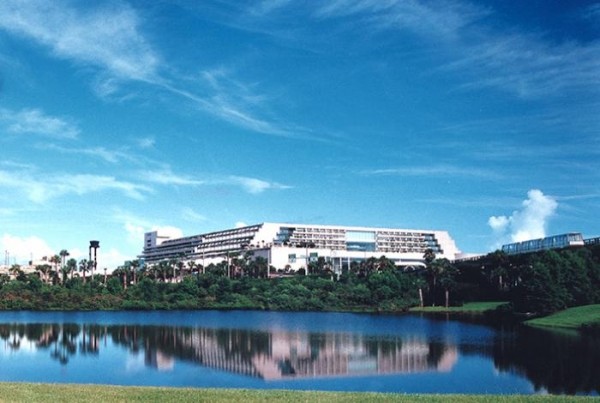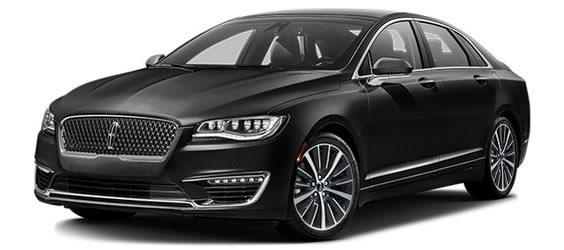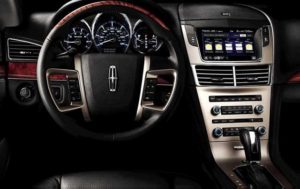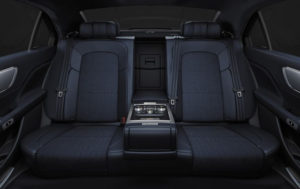Greater Orlando Aviation Authority Board Advances South Terminal Project
ORLANDO, FL. – The first phase of design for construction of the $1.8 billion South Terminal Complex was given the go-ahead by the Greater Orlando Aviation Authority (GOAA) Board. At its May meeting the Board approved a request by Executive Director Phil Brown to re-evaluate the timing for the facility after hearing that growth in Orlando International Airport’s domestic and international passenger traffic may negatively impact the level of service at the current North Terminal Complex. The Board authorized procurement of the appropriate design professionals to proceed with design of phase one of the South Terminal.
“This decision allows us to begin the complex process of developing a new terminal facility,” Brown said. “If we can’t accommodate the traffic, which in our rolling 12-month figures is almost up to pre-recession levels, while delivering our trademark level of high customer service, another airport will.”
Board members also approved a revision of the previously set triggers for South Terminal construction. The previously established benchmarks were 40 Million Annual Passengers (MAP) and two million annual arriving international passengers for six consecutive months on a rolling 12-month basis. The international passenger threshold has already been met and the annual passenger total was revised to 38.5 million.
“It makes sense to start the design process earlier so we can meet the anticipated growth in demand,” says Frank Kruppenbacher, Chairman of the Greater Orlando Aviation Authority. “At our current pace, we will not only break our international record for the year, but potentially our total yearly traffic record as well.”
The current rolling 12-month passenger traffic figures show approximately 36.4 million travelers moving through Orlando International.
“Keeping Orlando moving continues to be a priority for the City of Orlando and the Orlando International Airport is a critical component of those efforts,” said Orlando Mayor Buddy Dyer. “The new multimodal transportation hub will position Orlando to be one of the first cities in the nation with an on-airport facility and further grow our transportation options, enhancing connections for our residents, visitors and businesses throughout our entire region, state, nation and the world.”
“I am fully supportive of this expansion,” said Orange County Mayor Teresa Jacobs. “Proper planning for growth is critical for the continued economic health of our region.”
Projected passenger traffic increases due to community investments in tourism, medical research, business and education are driving the accelerated pace of planning. New international airlines and new routes from existing airlines have been added since the original triggers were approved in 2013. All these factors have contributed to consistent passenger growth, presenting capacity challenges for the current North Terminal Complex (NTC).
“Therefore, the underlying drivers for overall air travel growth are likely to remain strong for the foreseeable future,” says Sean Snaith, Director of the Institute for Economic Competitiveness at the University of Central Florida.
Professor Snaith revealed a conservative forecast of sustainable growth for the airport and region which projects robust economic activity through 2020 and beyond. This is growth that will further strain the current facilities and infrastructure at Orlando International Airport.
Critical operational stresses are projected to affect facilities capabilities within the next few years:
– International Gates & Customs and Border Protection (CBP)
– Passenger Security Checkpoints
– Ticketing
– Baggage Handling Systems
Plans for the new South Terminal will be integrated in phases. Phase One, as approved by the Board, will be a 16-gate facility with a 1.5 year Design and Construction Procurement Development schedule and a 2.5 year Pre-construction and Construction schedule. Total projected completion time is estimated at four years.
The South Terminal project will be funded through various sources including Passenger Facility Charges (PFC), Customer Facility Charges (CFC), General Airport Revenue bonds and discretionary GOAA funds.
Combined with the $1.1 billion Capital Improvement Plan construction projects currently underway, development of the South Terminal will enable Orlando International Airport to maximize its ability to meet the travel demands of the present while laying the foundation for the future.
ADDITIONAL FOLLOW-UP NOTE:
Since the unanimous vote by the Board, the call has been made to fill consulting and professional design and construction services positions. The Authority posted openings for Requests for Proposals (RFP’s) and Statements of Qualifications (SOQ’s) for highly-skilled services related to the project. This process will continue through the end of the year.
Basic MCO information:
Orlando International Airport set a record in 2014 with 4,324,175 international passengers and now with an overall total of 36.4 million annual passengers on a rolling 12-month basis, MCO is the second busiest airport in Florida and 14th busiest in the U.S. The airport has 18,000 employees and generates $31 billion in direct and indirect revenue for the regional economy. Orlando International Airport strives to value and delight its customers through a design concept known as The Orlando Experience®.




